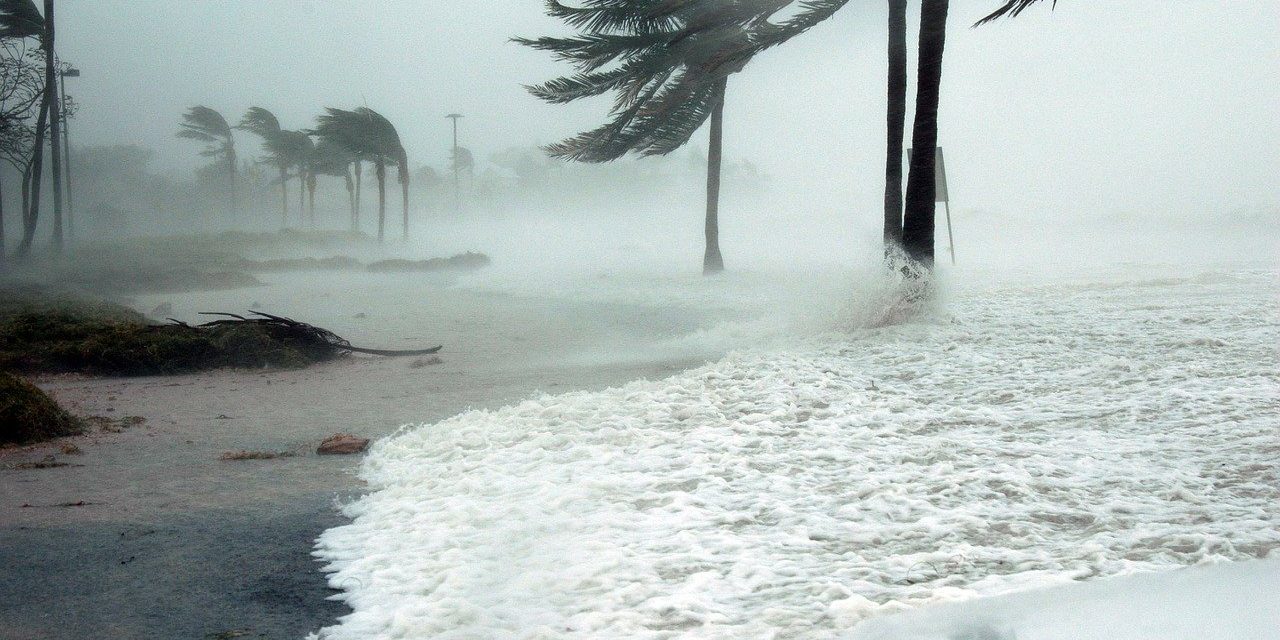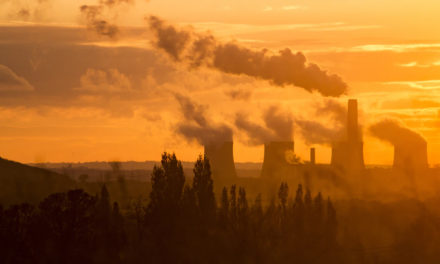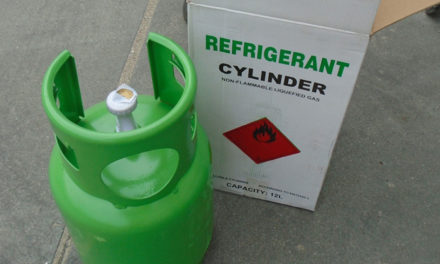The US National Hurricane Center forecasters urged Hawaii residents to prepare for the worst as hurricane Douglas moved north of Kauai island tonight. Meanwhile, hurricane Hanna, that was due to hit northern Mexico and southern Texas, is downgraded to a tropical storm.
On early Monday morning, Douglas had maximum sustained winds of 90 mph, making it a category one hurricane. At that time, Hurricane Hunter aircraft located the centre of Douglas 60 miles northwest of Lihue Hawaii.
About 300 people were evacuated to the Hawaii Convention Center on the edge of Waikiki and 22 people were at five shelters around the island of Maui, said NY Times.
Forecasters said that the “dangerous hurricane” is likely to weaken in the next 48 hours but will remain a hurricane until it passes west of Kauai. Later on Monday, forecasters announced that the “hurricane is moving rapidly away from Kauai” and “the hurricane warning for Kauai has been cancelled.”
However, the forecasters’ warning remains in place and cautions of “seven to fifteen centimetres of rain overnight into Monday” and warns of “strong and potentially damaging winds, and life-threatening and potentially damaging surf” for parts of Hawaii.
“The hurricane still not out of the realm of possibilities. So we want people to really remain vigilant and stay prepared, at least for tonight,” Eric Lau, a meteorologist with the National Weather Service in Honolulu, told ABC News on Sunday.
Hanna is fading
The news of hurricane Douglas came in after it was announced that tropical Depression Hanna made landfall in Texas on Saturday morning, before moving into Mexico. Hanna became the first hurricane of the North Atlantic hurricane season before it was downgraded to a tropical storm.
READ MORE: Super Cyclone Amphan Threatens Millions
A tropical storm differentiates from a hurricane by the speed of the maximum sustained surface winds. For tropical storms, winds range from 39-73 mph, and for hurricanes, the winds are 74 mph or greater. While hurricanes pose the greatest threat to life and property and are among nature’s most powerful and destructive phenomena, tropical storms and depressions can also be devastating.
Hanna is now expected to weaken enough to lose its tropical designation on Monday but continue to present a threat in the form of heavy rain, flash flooding and mudslides, according to the latest updates by NASA.
La Niña event
Usually, the hurricane season runs from June 1 to November 30 each year, but this year has only seen early storm formation in the Atlantic. The eastern Pacific has been slower for storm development than in previous years.
This is a slow Pacific hurricane season, especially when paired with an active Atlantic hurricane season. This is referred to as La Niña event (The Small Event). Forecasters have predicted it could occur this year.
Under La Niña, the cooler waters of the Eastern Pacific Ocean cause less wind shear and weaker low-level winds in the Caribbean Sea. Less wind shear favours tropical systems development and conditions generally result in a more active hurricane season.
Preparation is the key
Knowing what actions to take before hurricane season begins and when a hurricane or storm approaches, can increase the chance of survival.
Since US President Donald Trump approved an emergency declaration for Hawaii ahead of Hurricane Douglas, people started preparing and sharing survival tips in urgency.
Hawaiian Airlines has cancelled all Sunday flights between Hawaii and the US mainland and between the islands.
- Exam Results Day Chaos and Anger as Students Discover Grades - 14th August 2020
- Hard Times Hit the UK as it Enters the Deepest Recession on Record - 12th August 2020
- Air Pollution is Killing Honeybees, Scientists Reveal - 11th August 2020






